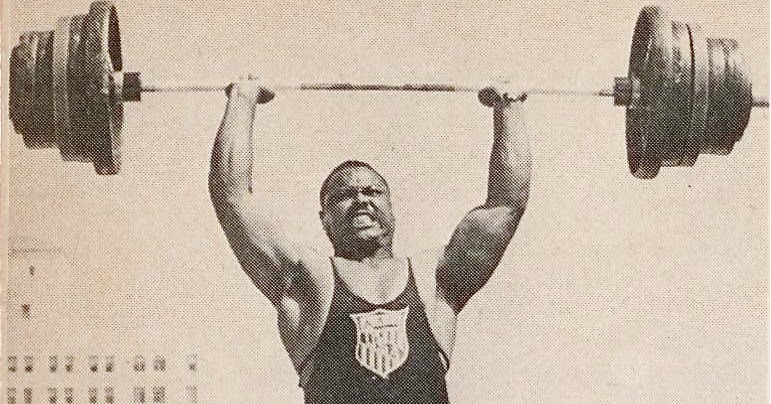


Overcoming Isometrics vs Regular LiftsĪnd remember: when you perform a one rep max during a regular exercise, you only exert maximum effort for a small portion of the strength curve. This is exactly how Bruce appears to move.

This will have trained Bruce Lee to contract all his muscles together, in unison, to become an extremely rigid with no energy leaks.
Dinosaur deadlift program how to#
See also: How to Use Isometrics for Massive Strength GainsĪnd because these are compound lifts that Bruce Lee used, he would also be training the correct pattern of tension throughout the entire body. Some coaches will even program this as part of a “myelination phase.” Myelination being the process of insulating the axons that connect neurons within these motor patterns. As you repeatedly attempt this, you reinforce the neural pathways that allow you to send those impulses, thus increasing strength without necessarily altering the size or shape of the muscle. If you try and move something that is your one rep max or above (which this is), then you will attempt to recruit the maximum number of motor units possible via the strongest nerve impulses and rate coding. To your nervous system, maximum effort is maximum effort. In one study, it was found that there were considerably higher levels of muscle activation during overcoming isometric contractions verses maximal concentric muscle actions ( study). This allows you to train your ability to exert maximum effort – to call upon it as needed and to engage more motor units. And due to the lack of movement, it won’t create as much muscle damage, meaning you’ll experience less hypertrophy.īut the real power of overcoming isometrics is in their ability to build raw power. It won’t build bone density in the same way and the lack of true mechanical tension will reduce muscle building in some ways. Unlike a one rep max, an overcoming isometric exercise won’t require you to bear a lot of weight on your shoulders and brace your core. This is because they effectively act like performing a one-rep maximum, in many ways. Well, overcoming isometric exercises are actually extremely beneficial for building maximum strength. So, what are the benefits of an overcoming isometric? And why might Bruce Lee have been so interested in them? I advise resting for 30-120 seconds between repetitions, depending on how your body feels. We can be fairly sure this is what Bruce would have recommended, for reasons we’ll get to later on. Three days a week would, however, be a good starting point.

Where did that physicality come from? How can we emulate it?Ĭould Bruce’s old overcoming isometrics routine hold the answer?Īlso unclear, is just how often Bruce used this routine. Because I think he certainly had the physicality. Bruce wasn’t an MMA fighter! The question should be what Bruce would be like as an MMA fighter: with all the specific training and experience that would entail. The question as to whether Bruce would win a fighter against X MMA fighter is a moot point. See also: Testing Bruce Lee’s Training: His Precise Workouts Analysed Bruce moved in an incredible way, which is why we still talk about him today. Bruce could easily get into a pancake stretch, and his punches and kicks were sharp, powerfully, and impossibly fast. The two fingered push up is an amazing demonstration of not only finger strength, but also a solid core. The fact that Bruce could perform a V-sit with no gymnastics background is extremely impressive (Grant can do the same thing, but he’s Grant). But there is no denying that he was extremely athletic. Of course, it’s impossible to know for sure.


 0 kommentar(er)
0 kommentar(er)
